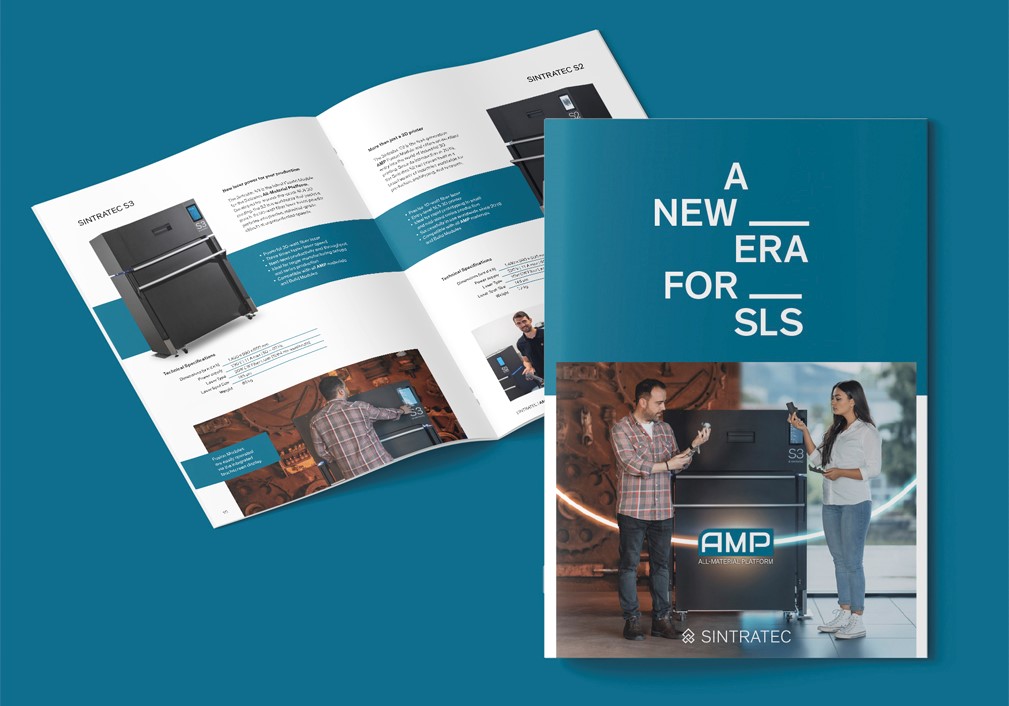Sintratec Nesting Solution
A milestone in additive manufacturing
Save manual labor, valuable printing time and material by automatically arranging your 3D objects inside the Sintratec Build Modules with the help of our industry leading Nesting Solution.

Examplary Use Case
Nesting 100 Print Jobs per year means:
of work time saved
of powder saved
of printing time saved
78 Parts placed by hand
9 different sized 3D objects
Work time: ~30min
Avg. density: 10.6%
Printjob height: 363.2mm
System occupation: 22hrs 14min
Time to part: 33hrs 20min
Avg. cost per part: 5.75$
78 Parts nested freely
9 different sized 3D objects
Computing time: ~1:20min
Avg. density: 18.4%
Printjob height: 208.2mm
System occupation: 14hrs 12min
Time to part: 20hrs 33min
Avg. cost per part: 3.69$
114 Parts nested freely
9 different sized 3D objects
Computing time: 1:07min
Avg. density: 18%
Printjob height: 349.1mm
System occupation: 21hrs 28min
Time to part: 32hrs 08min
Avg. cost per part: 3.79$
Your benefits
-
High speed: Algorithm computes faster than market-leading software
-
Flexibility: Numerous configurations and parameters available
-
Made for SLS: Perfectly adapted to the Sintratec technology
-
From one source: Fully integrated into the Sintratec Central software
-
Best for productivity: Your AMP modules become even more efficient


Ideal packing density
Unprecedented throughput
Low cost per part
What users say
Stephan Henrich
Designer & Architect
Alex Hussain
CEO 3D Chimera
Available Nesting Modes
Details facing up are printed with sharper edges DownskinDetails facing down are somewhat more rounded or washed out |
Models are “cut” into cross sections and then printed layer by layer from bottom to top. This leads to slightly visible layer lines in the printing direction. Changing the orientation of the model in respect to the layer line direction also changes the look of the final product. Printing lines are more visible for surfaces with a shallow angle to the layer lines. |
Software Packages Overview
| Sintratec Central 2 | Productivity Upgrade
includes Sintratec Central 2 |
Material Developer Upgrade
includes Productivity Upgrade |
|
|---|---|---|---|
| Print preparation | |||
| Support for all Sintratec materials | |||
| Print job preview | |||
| Online updates | |||
| High Performance Nesting | |||
| 6 powerful Nesting Modes | |||
| Fully configurable parameters | |||
| Single User License | Free | 1’490 € / year | Contact Sales |
| Team License (3 Users) | Free | 2’980 € / year | Contact Sales |
| Ultimate License (8 Users) | Free | 6’500 € / year | Contact Sales |

Our technology
- Selective Laser Sintering (SLS) is an industrial 3D printing technology that uses a laser to fuse powder particles into highly accurate objects
- SLS ideally suited for functional prototypes and for small to medium-sized end use parts
- Sintratec currently offers three industrial-grade materials: PA12 Nylon (strong), TPE Elastomer (flexible), and PA12 GF (stiff)
- The benefits: High freedom of form and precision, interlocking parts are printable, no support structures required













